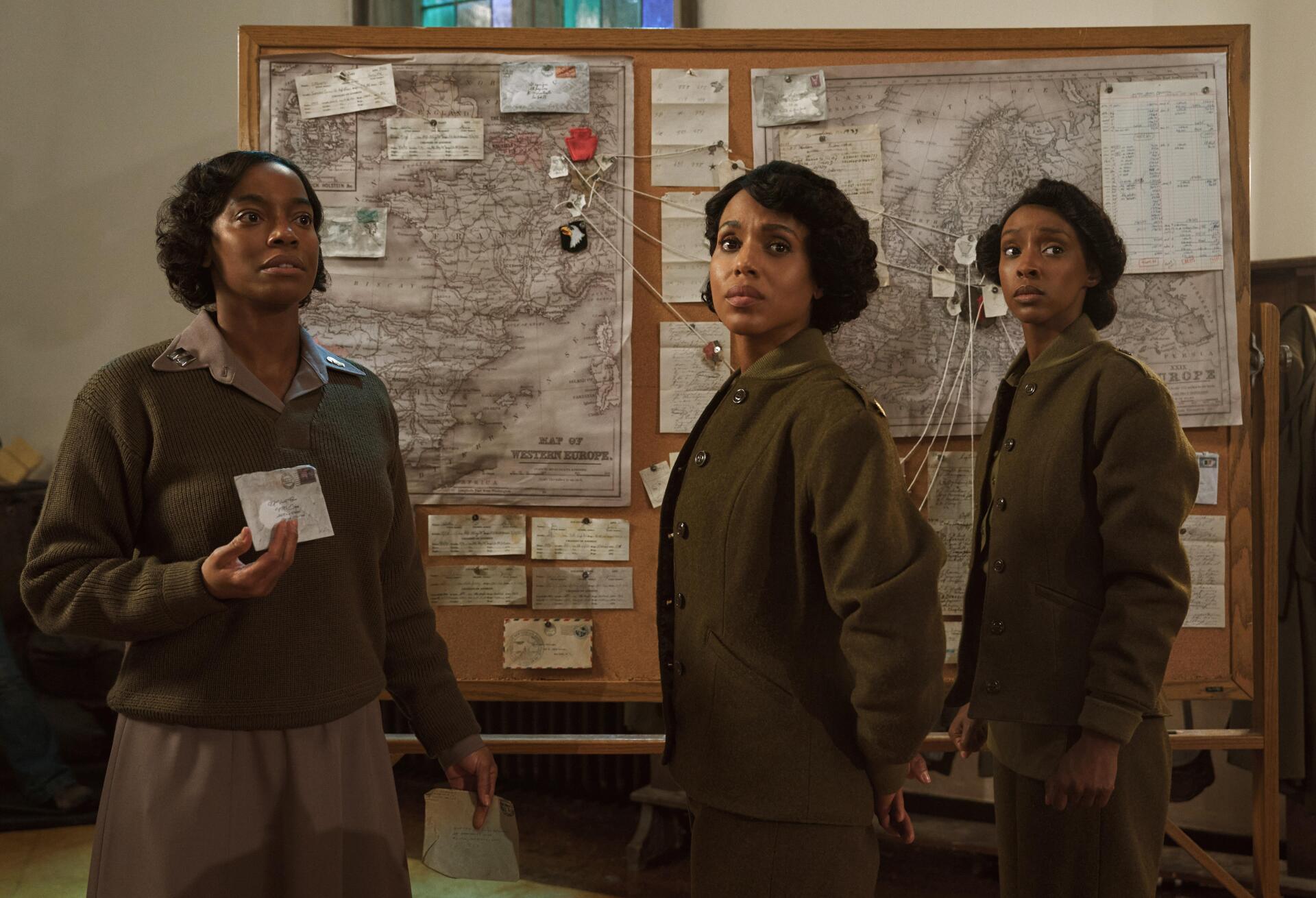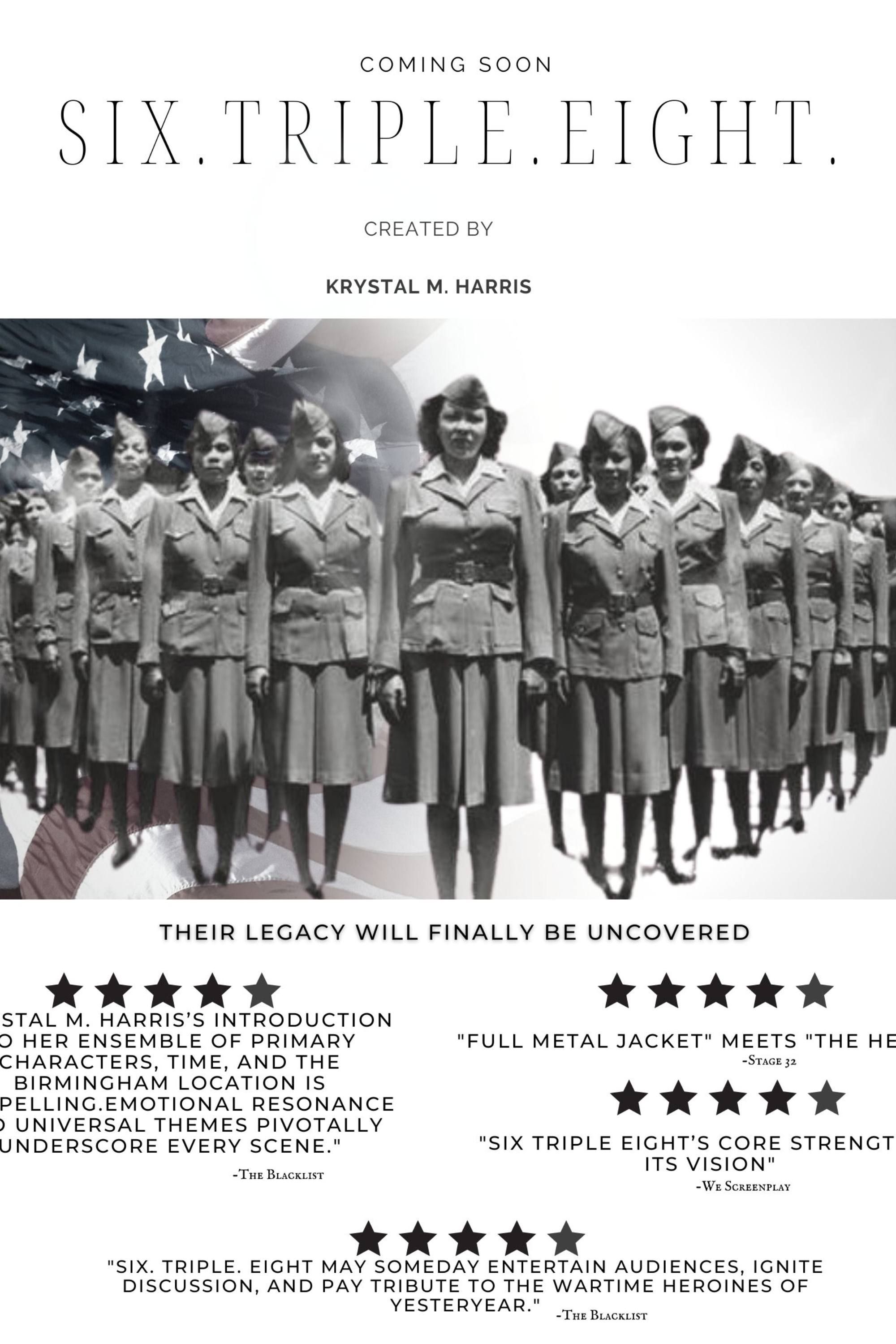The Enduring Guide - Triple Six Eight For Building Minds
Imagine you're putting together a big puzzle, one that shapes where people live, work, and play. For anyone who designs buildings, there's a certain book, a true companion, that helps piece it all together. It's the kind of resource many people in the field come to depend on, a reliable friend in the world of shapes and spaces.
This particular volume, sometimes known by a rather unique name, "triple six eight," has been a quiet helper for a very long time. It's filled with details about how things fit, how much room people need, and how buildings can work for everyone. It’s a very practical sort of guide, offering sensible ways to approach the physical parts of building design, is that.
It’s like a shared notebook for architects and designers, offering insights that keep projects grounded in real-world needs. From the very first ideas to the actual drawing board, it’s there, making sure the spaces we create truly serve the people who use them, so.
Table of Contents
- What is the true purpose of "triple six eight"?
- How does "triple six eight" help with initial ideas?
- A Look Inside the Pages of "triple six eight"
- Who is the person behind "triple six eight"?
- How has "triple six eight" adapted over time?
- What kind of planning ideas does "triple six eight" cover?
- Why is "triple six eight" still important today?
- The enduring legacy of "triple six eight"
What is the true purpose of "triple six eight"?
The main idea behind this book, often called "triple six eight" by some, is to gather bits of information about sizes and how to plan spaces. It’s about making things easy to find, all related to what people do in buildings. Think about all the ways humans move and live – from sleeping to eating, working to playing – this book tries to put that into a clear picture, too. It brings together all sorts of details that might otherwise be scattered, making it a handy source for anyone putting a building together.
It helps folks figure out how much room is needed for a kitchen, or how wide a hallway should be, or even where a window might go for the best light. It's about practical stuff, really, making sure that when you design a place, it works for the people who will be there. It’s like a collection of sensible ideas for building, helping to ensure that the physical surroundings support human life in a very real way. This means considering how people interact with their surroundings, how they move through a space, and what dimensions feel comfortable and right for different everyday tasks, in a way.
How does "triple six eight" help with initial ideas?
When someone starts thinking about a new building, this book, "triple six eight," is a very good place to begin. It's considered a key item for getting those first thoughts down and starting to plan. It’s like having a helpful guide right at your side when you’re just sketching out what a place could be, offering a solid foundation for those early creative bursts. It helps designers move from abstract thoughts to concrete measurements, providing a reliable source of facts to shape their first concepts, you know.
This particular book gives you the core bits of information you need, all in one neat package. It’s not about telling you exactly what to do, but rather giving you the basic facts to help you shape your ideas. It helps you form a starting point, a basic structure for your thoughts, a framework that holds everything together. This concise presentation means that busy professionals can quickly find the measurements and considerations that are most important for their initial design work, saving time and ensuring that fundamental requirements are met right from the start, is that.
A Look Inside the Pages of "triple six eight"
This helpful book, which some people refer to as "triple six eight," is set up in a way that makes sense. It’s mostly put together by the kind of building you’re thinking about. So, if you’re working on a home, you look in one spot; if it’s an office, you look somewhere else. This organization by building type makes it very simple to find the specific information you need for a particular project, allowing for quick access to relevant details without a lot of searching, you know.
And it has a great many pictures, over six thousand of them, which really help to show what they mean. These diagrams are like quick little drawings that explain sizes and layouts without needing a lot of words. They make it easier to see how things should fit together, more or less. These visual aids are incredibly useful for conveying complex spatial information in a clear and immediate way, making the book accessible and practical for visual thinkers. They show standard measurements and arrangements, helping designers quickly grasp the spatial relationships required for different functions and activities, pretty much.
Who is the person behind "triple six eight"?
The original idea for this book, which eventually became known as "triple six eight" to some, came from a person named Ernst Neufert. He first put it out a long time ago, back in 1936, in German. It has had many editions since then, something like 39 in German alone, which is quite a lot, isn't it. This long history shows just how important and useful his initial vision was, providing a lasting resource for generations of designers. He had a clear goal: to bring order and clear information to the process of building design, basically.
Later, his son, Peter Neufert, also had a hand in it. And more recently, someone named Bousmaha Baiche has been involved in editing parts of it for English speakers. It shows how this book has grown and changed over time, still relevant after all these years. The fact that different people have contributed to its development over the decades speaks to its enduring value and its ability to adapt to new needs and audiences. This collective effort helps keep the information fresh and applicable to current design practices, actually.
| Detail | Information |
|---|---|
| Born | March 15, 1900 |
| Died | October 23, 1986 |
| Known For | Architect, Author of Neufert's Architects' Data |
| Key Contribution | Standardizing architectural planning information, promoting rationalization in building |
How has "triple six eight" adapted over time?
One thing that happened, especially in the UK, was a shift to a different way of measuring things, called SI units. This book, "triple six eight," had to change to reflect that. It shows how it keeps up with the times, even though its core ideas are very old. This ability to update its content, such as adopting new measurement systems, proves its ongoing commitment to being a practical and current tool for professionals. It’s a sign that the book isn't stuck in the past but moves forward with the changes in the building world, very.
It’s not just about big buildings either. The book also talks about things like how much light comes from the sun or how the weather might affect a design. It looks at these things from the point of view of places that have moderate weather, giving helpful tips for those kinds of conditions. This broader view means it considers how natural elements influence human comfort and building performance, offering guidance on how to make spaces more pleasant and efficient. It provides insights into how to integrate these natural factors into a building's design from the very beginning, ensuring a more thoughtful outcome, honestly.
What kind of planning ideas does "triple six eight" cover?
This book, sometimes referred to as "triple six eight," really gets into the details of planning. It covers all sorts of rules and things to think about when you're laying out a building. It's about making sure that the spaces are just right for what they're meant to be, from the smallest room to the overall layout of a whole property. It provides a comprehensive look at the criteria and considerations that go into creating functional and effective building designs, you know.
It helps with thinking about how people will use a space, how they'll move through it, and how everything will fit together. It’s about getting the spatial requirements right, making sure there’s enough room for everything and everyone. This includes details like the proper dimensions for furniture, the clear distances needed for movement, and the overall volume required for various human activities. It ensures that the design process is grounded in real-world human needs, leading to spaces that are both practical and comfortable, in a way.
Why is "triple six eight" still important today?
Even after all these years, this book, "triple six eight," remains a very important tool for anyone involved in building design. It’s like a common language for people who shape our built world. It provides a solid base, a framework for all sorts of projects, from a small home addition to a large public building, still. Its continued relevance shows that the fundamental principles of good spatial planning remain constant, regardless of changes in style or technology. It offers a consistent point of reference for designers everywhere, pretty much.
It’s concise, meaning it gets straight to the point, giving you the facts without a lot of extra words. This makes it a quick and easy place to find what you need when you’re trying to put together a plan for a new building or even just change an old one. This directness is a big part of its appeal, especially for busy professionals who need quick access to reliable information. It helps them make informed decisions efficiently, ensuring that their designs are both practical and well-thought-out, at the end of the day.
The enduring legacy of "triple six eight"
The fact that this book, which some people call "triple six eight," has been around for so long, and in so many different printings, really says something. It shows how useful it has been, and how much people rely on it. It’s not just a book; it’s a bit of a tradition in the design world, isn't it. Its longevity speaks to its fundamental value as a collection of essential spatial information, proving its worth over many decades and through countless building projects. It has truly stood the test of time, very.
It helps designers and architects make sure their ideas are practical and work in the real world. It gives them the basic facts they need to create places that are not just pretty, but also very usable and safe for everyone. This dedication to practical information ensures that the spaces we inhabit are well-considered and support the activities they are meant for, contributing to better living and working environments. It provides a constant reminder that good design begins with a clear understanding of human needs and how spaces can best serve them, so.
- Presley Elvis Presley
- Selena Quintanilla Outfits
- Colin Jost And Scarlett Johansson
- Dallas Characters
- Lisa Cuddy

The Six Triple Eight - Desktop Wallpapers, Phone Wallpaper, PFP, Gifs

The Six Triple Eight (2024) | CBR

The Six Triple Eight | MovieWeb